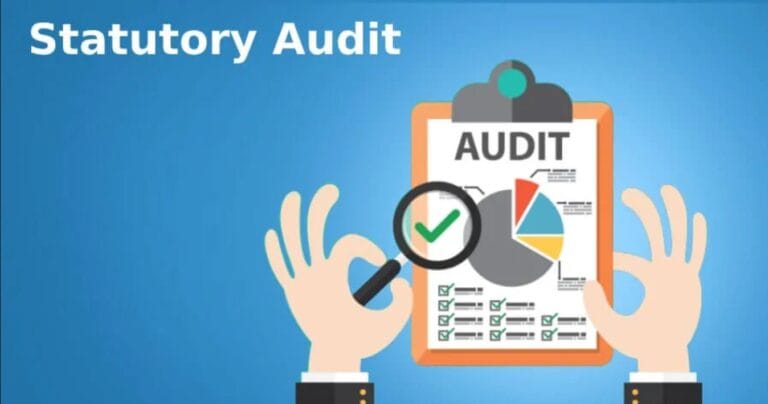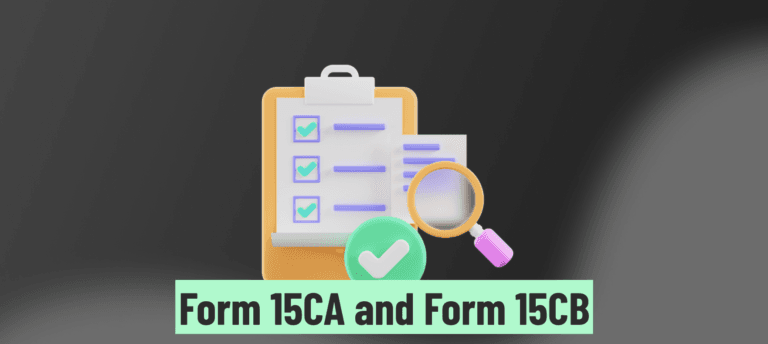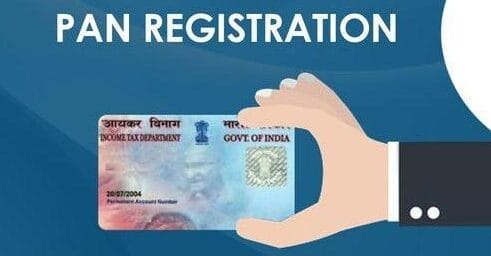Bankruptcy is a legal process through which individuals or entities who are unable to repay their outstanding debts can seek relief from some or all of their liabilities. It provides a structured way to deal with insolvency, allowing debtors to reorganize or discharge their debts while ensuring fair treatment for creditors. As per the provisions of IBC 2016, bankruptcy proceedings can be initiated for both individuals and businesses. Here’s a comprehensive guide on bankruptcy, including its objectives, types, key participants, stages, and best practices.
Objectives of Bankruptcy
- Debt Relief: To provide debtors with a way to restructure, or even eliminate their outstanding debts and thus, the debtor gains a fresh financial start.
- Creditor Protection: To ensure that creditors receive fair treatment and recover as much of their claims as possible.
- Orderly Process: To manage the insolvency resolution process in an orderly, legal, and transparent manner.
- Economic Stability: To contribute to economic stability by resolving financial distress and allowing the productive use of assets.
Key Participants in Bankruptcy
- Debtor: An individual or entity, who owes money to its creditors, and due to inability to pay the said dues, files for bankruptcy.
- Creditors: Entities to whom the debtor owes money.
- Bankruptcy Trustee: An appointed official who oversees the bankruptcy process, including asset liquidation and distribution to creditors.
- Adjudicating Authority: The judicial authority that oversees and adjudicates bankruptcy cases which is NCLT.
Stages of Bankruptcy
1. Filing for Bankruptcy
- Petition Filing: The debtor files a petition for bankruptcy in the appropriate court, providing detailed financial information, including assets, liabilities, income, and expenses. Also, the said application can be filed by any of the creditors of the said debtor.
- Automatic Stay: After filing of the application, an interim moratorium is granted, halting most collection actions against the debtor.
2. Appointment of Bankruptcy Trustee
- Trustee Appointment: An insolvency professional is proposed as the bankruptcy trustee in the application for bankruptcy under section 122 or section 123.
3. Meeting of Creditors
- Creditor’s Meeting: A meeting of creditors (known as the 341 meeting in the U.S.) is held where the debtor answers questions from the trustee and creditors about their financial situation and the proposed plan.
4. Statement of financial position
- Where a bankruptcy order is passed on the application for bankruptcy by a creditor under section 123, the bankrupt shall submit his statement of financial position to the bankruptcy trustee within seven days from the bankruptcy commencement date.
5. Public Notice for Claim invitation
- Public Announcement be made in one English and one vernacular language of the place where the bankruptcy resides or is having its majority of estate.
6. Verification of Claim and Constitution of CoC
- The Bankruptcy Trustee is responsible for the compilation and verification of the creditors and will be required to file a list of the creditors with the Hon’ble NCLT.
7. Discharge of Debts
- Discharge Order: Upon successful completion of the bankruptcy process, the court issues a discharge order, releasing the debtor from personal liability for most remaining debts.
Critical Aspects of Bankruptcy
1. Automatic Stay – The automatic stay halts most collection actions, including lawsuits, garnishments, and foreclosures, providing temporary relief to the debtor.
2. Trustee’s Role – The trustee’s role is pivotal in managing the bankruptcy estate. They are responsible for ensuring that assets are appropriately liquidated or reorganized, and for distributing proceeds to creditors. This role is crucial in maintaining the integrity of the bankruptcy process and ensuring fair treatment for all parties involved.
3. Exempt vs. Non-Exempt Assets – Exempt assets are those that the debtor can keep, while non-exempt assets can be sold to repay creditors. The list of exempt assets varies by jurisdiction.
4. Priority of Claims – Certain debts, such as secured debts, child support, and taxes, have priority and must be paid before other unsecured debts.
5. Credit Impact – One of the most significant impacts of bankruptcy is on the debtor’s credit rating. A bankruptcy filing can significantly lower the credit score and remains on the credit report for several years, making it difficult to obtain new credit. This long-term effect underscores the importance of careful consideration before filing for bankruptcy.
Best Practices for Bankruptcy
- Accurate Financial Disclosure: Ensure all financial information provided in the bankruptcy petition is accurate and complete.
- Legal Guidance: Seek legal advice from a qualified bankruptcy attorney to navigate the complexities of the bankruptcy process.
- Timely Compliance: Comply with all court deadlines and requirements to avoid dismissal of the bankruptcy case.
- Asset Protection: Understand which assets are exempt and take steps to protect them within the bounds of the law.
- Post-Bankruptcy Planning: Develop a financial plan to rebuild credit and manage finances post-bankruptcy.
Bankruptcy is a legal process designed to provide relief to individuals and businesses overwhelmed by debt while ensuring fair treatment for creditors. Under the IBC in India, the process is structured to balance the interests of all parties involved and to manage insolvency in an orderly manner. By understanding the types, stages, and key aspects of bankruptcy, debtors and creditors can navigate the process more effectively, ensuring compliance with legal requirements and working towards financial stability.
The bankruptcy process under IBC is the legal procedure for individuals and partnerships who are unable to repay their debts. Bankruptcy can be initiated after the failure of the personal insolvency resolution process (PIRP) or directly by a debtor or creditor. The debtor’s assets are liquidated, and the proceeds are distributed to creditors.
Bankruptcy can be filed by:
- The debtor (an individual, partnership, or sole proprietorship) if they are unable to repay their debts.
- A creditor of the debtor, in case the debtor defaults on payment. Bankruptcy petitions are filed with the National Company Law Tribunal (NCLT).
- Insolvency refers to the financial state where a debtor is unable to repay their debts. It is addressed through a resolution process to either restructure the debts or liquidate assets.
- Bankruptcy is the legal declaration of insolvency, typically after the failure of a resolution process. It results in the liquidation of the debtor’s assets and a permanent resolution of debts.
The key steps are:
- Filing of a bankruptcy application by the debtor or creditor with the National Company Law Tribunal (NCLT).
- The NCLT admitting the application and declaring the debtor bankrupt.
- Appointment of a Bankruptcy Trustee to oversee the process.
- The Bankruptcy Trustee takes control of the debtor’s assets and prepares an inventory.
- Liquidation of assets and distribution of proceeds to creditors.
- After the process is completed, the debtor is discharged from their liabilities.
A Bankruptcy Trustee is an insolvency professional appointed by the NCLT to manage the debtor’s estate during bankruptcy. The trustee’s role includes:
- Taking control of the debtor’s assets.
- Preparing an inventory of assets.
- Liquidating assets to repay creditors.
- Ensuring the proceeds are distributed according to the priority of claims.
- Filing reports and updates with the NCLT on the status of the bankruptcy process.
Once declared bankrupt:
- The debtor’s assets are taken over by the Bankruptcy Trustee for liquidation.
- The debtor is restricted from managing or transferring any assets.
- The debtor is discharged from all liabilities after the completion of the bankruptcy process, except for certain specified debts (like fines, penalties, etc.).
- The debtor’s credit history is adversely affected, making it difficult to obtain loans in the future.
The National Company Law Tribunal (NCLT) is the adjudicating authority for bankruptcy cases involving individuals and partnerships. It:
- Admits or rejects bankruptcy applications.
- Appoints the Bankruptcy Trustee to oversee the bankruptcy process.
- Monitors the progress of the bankruptcy and approves the final distribution of assets.
- Decides on matters related to disputes arising during the bankruptcy process.
The bankruptcy process under IBC must be completed within one year from the date of the bankruptcy order by the NCLT. However, extensions may be granted by the NCLT in exceptional circumstances. The process aims to ensure that creditors receive fair repayment in a timely manner.
Upon a bankruptcy declaration, all of the debtor’s assets, except those exempted by law, are taken over by the Bankruptcy Trustee. These assets are:
- Valued and liquidated by the trustee.
- The proceeds from the sale of the assets are distributed among the creditors based on the priority of claims under IBC.
The distribution of proceeds from the sale of assets during bankruptcy follows the waterfall mechanism outlined in IBC, which gives priority to:
- Bankruptcy process costs (trustee fees, legal costs, etc.).
- Secured creditors and workmen’s dues (for the preceding 24 months).
- Unsecured creditors.
- Government dues.
- Other creditors, including fines, penalties, and any remaining claims.
Any residual funds, if available, may go to the debtor or their heirs.
Why Choose UGC?

Client Centric Approach
Client is the key driver of our service offerings. Our approach to service offerings is based on a client centric and customized approach. Our specialized teams are a mix of technical and industry experience in order to serve clientele for their specific needs.

Team Work
We have built high performing teams supported by strong work ethic. Our team is a mix of experts, professionals and support staff from technical and varied academic, social and ethnic backgrounds. We believe diversification plays a vital role in motivating the team.

Quick Turnaround
We always endeavour for a quick turnaround time to serve our clientele. We are supported by an experienced and client focussed support teams to offer timely services to our clientele. In case of any business exigencies and time sensitive service requirements, you can always count on us.

Open Communications
We believe that open communication is the core principle in order to demonstrate trust, build long lasting and valuable relationships with clientele. We are committed to ensuring transparency in communication, service offerings and delivery. We provide professional services to our clients.

Client Value System
We value for the Client time and thus, we offer services that are value for money. Quality professional services are provided to our clients, so that they are able to achieve their desired results. We are a quality trademark in the industry and thus, our clients count on us always.

Quality in Delivering Work
Our service offerings are driven by quality and reviews at every level. We strive to provide a qualitative and value-added delivery to our clientele. At all times, we endeavour to provide exceptional client service by meeting client expectations and driving client satisfaction.





















